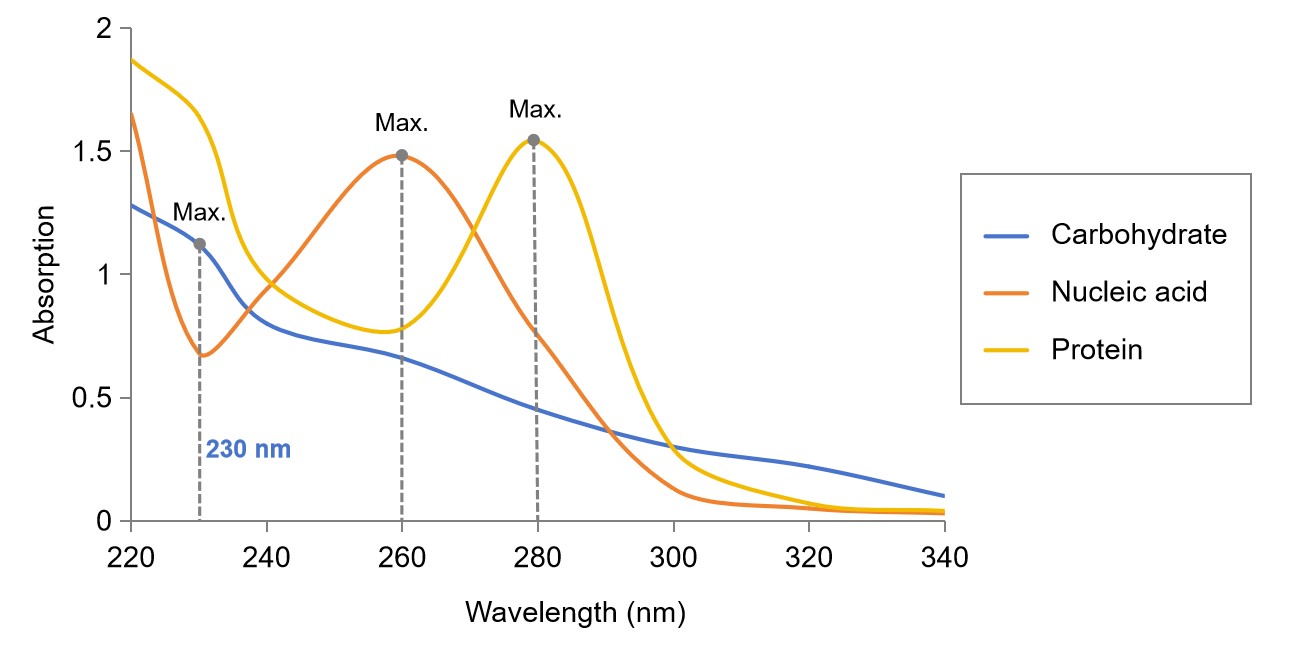As an expert in the field of antibody development, Creative Biolabs is not only committed to recombinant antibody production, we also offer protein concentration & concentration determination service using our first-class technology platform and high-quality products. Our special Antibody Concentration Kit can meet your protein concentration requirement. We provide a range of total protein quantification methods, such as the absorbance at 280, Bradford or BCA assays and quantitative amino acid analysis.
Sometimes, antibodies are only available at low concentrations and usually contain some substances of low molecular weight that interfere with the labeling of enzymes, biotin, streptavidin and fluorophores. Thus, antibodies should be concentrated to increase the concentration. Some methods or kits presently are used to achieve the purpose.
Protein concentration determination is often essential before processing protein samples for isolation, separation and analysis by chromatographic, electrophoretic and immunochemical techniques. Based on the accuracy required and the amount and purity of the protein available, different methods are suitable for determining protein concentration.
At present, the simplest and most direct assay method for protein quantitation is to measure the absorbance at 280 nm (UV range). Amino acids exhibit strong UV-light absorption with aromatic side chains (i.e., tyrosine, tryptophan and phenylalanine). Proteins absorb UV-light commonly in direct proportion to their aromatic amino acid content and total concentration. Another analytical method is to use high-performance liquid chromatography (HPLC) to label all primary amines (N-terminal and side chains of lysine residues) with colored or fluorescent dyes (such as ninhydrin or o-phthalaldehyde (OPA)). However, due to the different aromatic amino acid content of different proteins, the absorption characteristics are different, so the absorption effect of ultraviolet absorption method on protein mixture is not ideal. Additionally, any non-protein content that absorbs UV light also can disturb the measurements.
Therefore, several colorimetric and fluorescent, reagent-based protein assay techniques have been developed to overcome the above disadvantages. Simply, protein samples are added to the reagent, producing a color change or increased fluorescence in proportion to the amount added. Then the protein concentration is determined by reference to a standard curve based on known concentrations of a purified reference protein.
 Fig.1 Protein, nucleic acid and carbohydrate quantification.
Fig.1 Protein, nucleic acid and carbohydrate quantification.
Using an Antibody Concentration Kit can easily and quickly remove the excess buffer from the antibody to obtain a more concentrated antibody solution.
Protein Concentration Determination
For more information about protein concentration & concentration determination, please contact us.
As your experienced partner for antibody development, our expertise in antibody and protein contents can accelerate development timelines by delivering accurate and robust analytical services. Currently, we offer protein concentration & concentration determination expertise to help you to meet and exceed quality, safety and regulatory standards. Please feel free to contact us, and see how we can help to address your problems.
Work flow of rAb production includes:
Reference